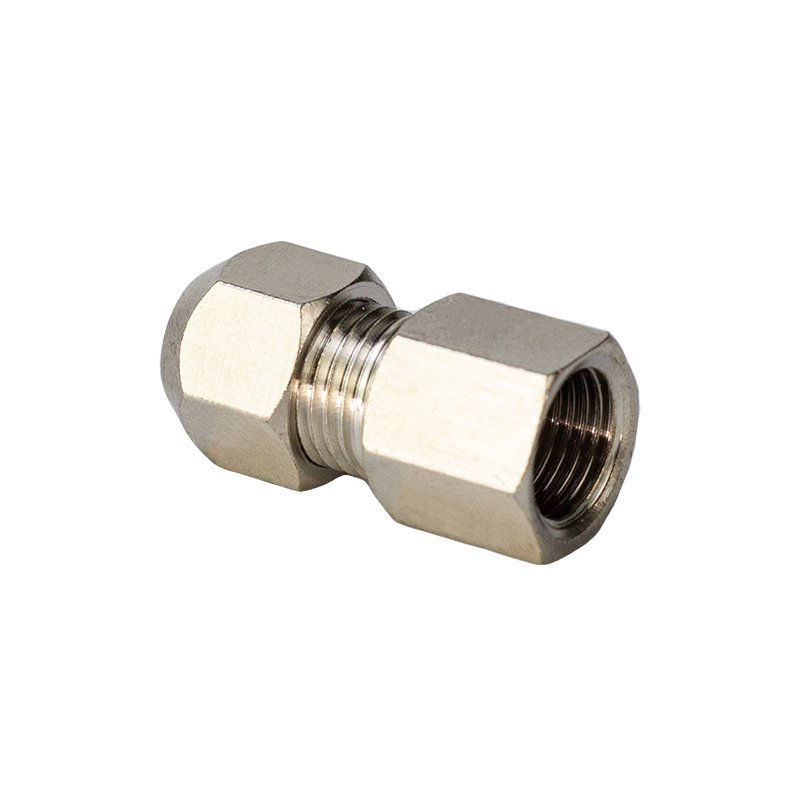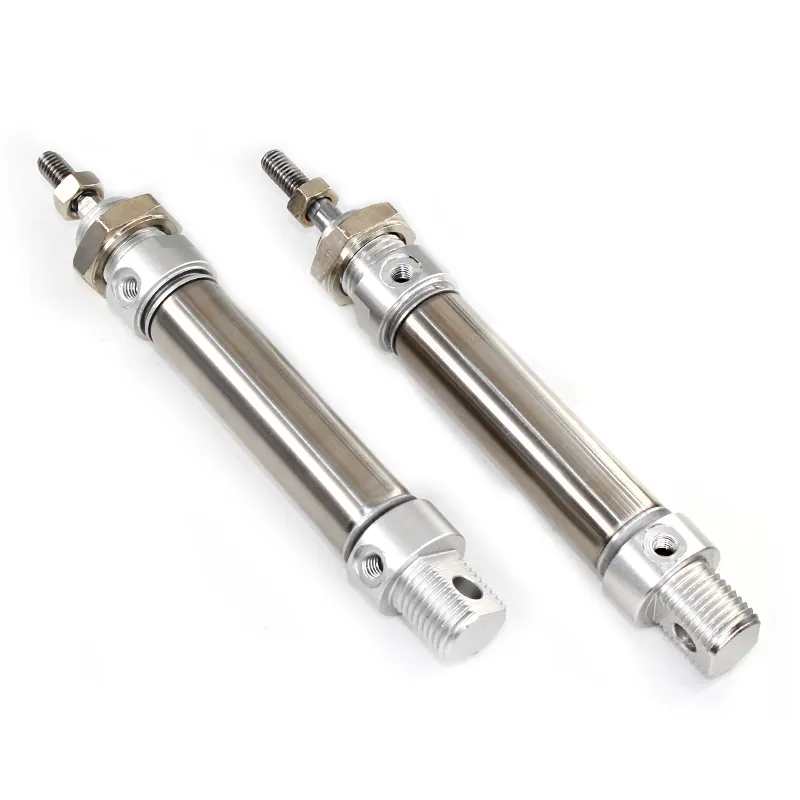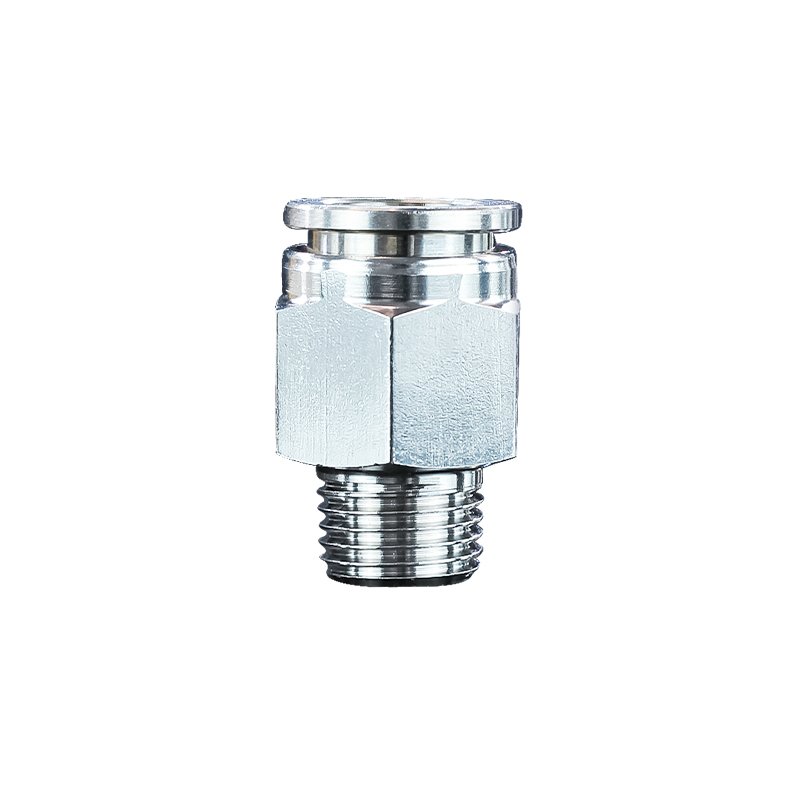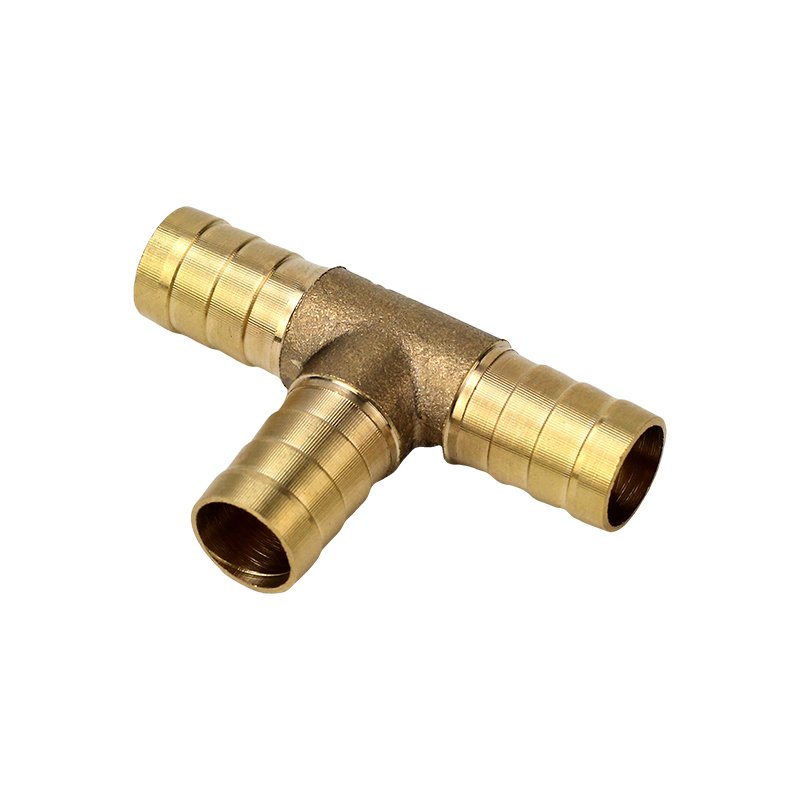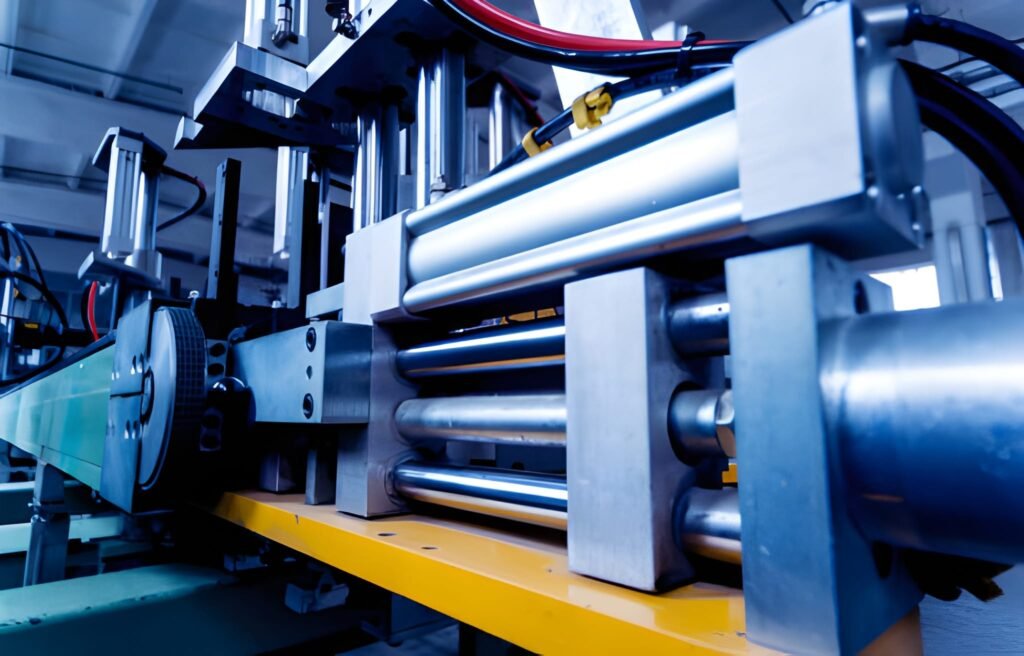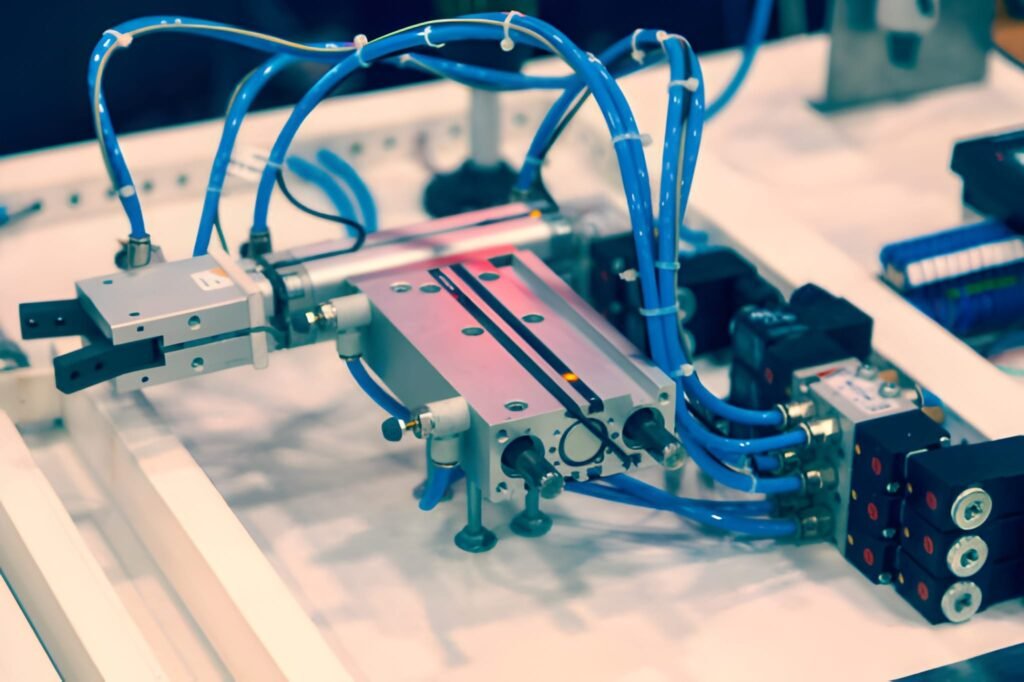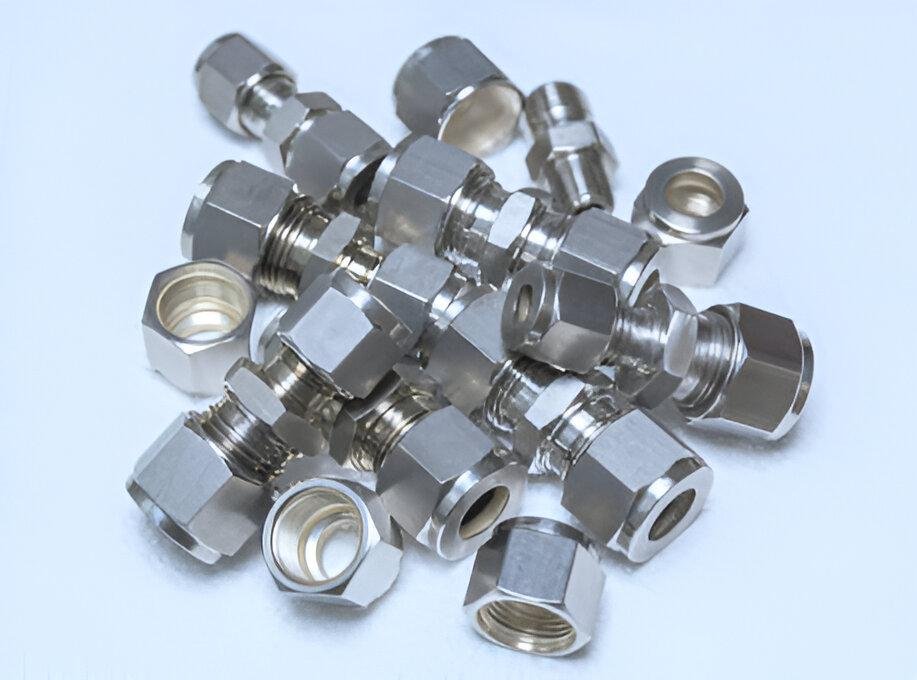If you work with fiber optic networks, you know how crucial it is to keep those tiny glass fibers perfectly aligned. That’s where Ferrule Connectors come in. At the heart of each connector sits a small, cylindrical ferrule—usually crafted from ceramic, metal, or plastic. This little piece isn’t just for show. It holds the fiber in place, lines it up with pinpoint accuracy, and protects it from the bumps and bruises of daily use.
How Do Ferrule Connectors Work?
Think of the ferrule as the gatekeeper for light signals. It positions the fiber so that light can flow smoothly from one cable to the next. Any misalignment, and you’ll see signal loss or distortion. That’s why manufacturers polish and machine ferrules to exacting standards, ensuring the fiber sits at just the right spot inside the connector.
But ferrules do more than just align. They also shield the fragile fiber from physical damage, acting like a suit of armor. This protection keeps your network running strong and extends the life of both the connector and the fiber itself.
Plug, Unplug, Repeat—No Sweat
Need to swap out equipment or reroute connections? Ferrule connectors are built for it. Their design lets you plug and unplug cables without worrying about signal quality taking a nosedive. That flexibility is a lifesaver during maintenance or upgrades—especially in busy data centers or telecom hubs.
Small Size, Big Impact
Ferrule connectors don’t hog space. Their compact design means you can pack a lot of connections into a small area. This high-density configuration is perfect for environments where every inch counts, like server racks or network closets in data centers.
Ferrule Connector Design: What’s Inside?
Material Choices
- Ceramic ferrules (often zirconia) are the gold standard for precision and stability. They’re tough, resist high temperatures, and deliver low signal loss.
- Metal ferrules (like stainless steel) shine in harsh environments where durability is key.
- Plastic ferrules are cost-effective and work well for less demanding jobs, though they can’t match the precision of ceramic or metal.
Precision Engineering
Manufacturers use tight tolerances and smooth finishes to make sure each ferrule aligns the fiber just right. Even a tiny flaw can cause signal loss, so quality control is strict.
Industry Compatibility
Most ferrule connectors meet industry standards, so you can mix and match components from different vendors without a hitch. That’s a big plus for anyone managing a complex network.
Single-Mode vs. Multi-Mode Ferrule Connectors
| Feature | Single-Mode Ferrule Connector | Multi-Mode Ferrule Connector |
|---|---|---|
| Fiber Core Size | 8–10 microns | 50–100 microns |
| Signal Path | Supports a single mode (one light path) | Allows multiple light modes |
| Best For | Long-distance, high-bandwidth transmission | Short-distance, lower bandwidth |
| Use Cases | WAN, telecom backbones | Data centers, LANs, short-haul links |
| Alignment Precision | Very high (to reduce signal loss) | High, but more forgiving |
Single-mode connectors are your go-to for long-haul, high-speed links. They keep modal dispersion low, so signals stay crisp over miles of cable. Multi-mode connectors, with their larger cores, make sense for short runs—think data centers or office networks—where cost and flexibility matter more than distance.
Where Do Ferrule Connectors Shine?
Fiber Optic Communication Systems
You’ll find ferrule connectors everywhere optical fibers need to meet—connecting transceivers, amplifiers, or cross-connect devices. Their precision ensures signals move cleanly from one piece of equipment to the next.
Data Centers
With thousands of connections packed into tight spaces, data centers rely on ferrule connectors for high-density, reliable links between servers, switches, and storage systems.
Local Area Networks (LANs)
Ferrule connectors help keep LANs humming, connecting everything from computers to routers. Their reliability supports the fast, uninterrupted data flow modern businesses depend on.
Wide Area Networks (WANs)
For long-distance connections—especially those spanning cities or continents—single-mode ferrule connectors are the backbone, delivering high performance over vast distances.
Wireless Communication Base Stations
Base stations need to move huge amounts of data quickly and reliably. Ferrule connectors make sure the optical fibers inside these stations stay perfectly aligned, keeping wireless networks up and running.
Ferrule connectors might be small, but they pack a punch. They keep optical fibers aligned, protected, and ready for action—whether you’re running a sprawling data center, a local office network, or a global telecom backbone. Next time you plug in a fiber optic cable, remember: it’s the humble ferrule connector doing the heavy lifting behind the scenes.

